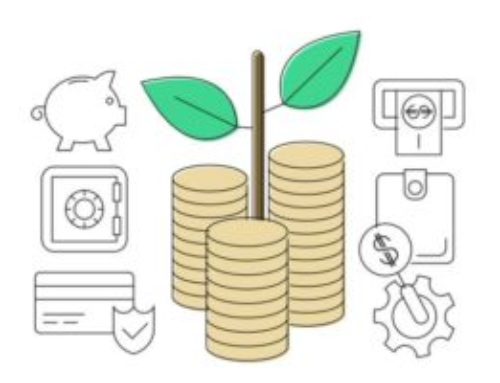Charles Dickens might as well have been describing the nature of highly cyclical businesses like CAT when he wrote, “It was the best of times, it was the worst of times, it was the age of wisdom, it was the age of foolishness, it was the epoch of belief, it was the epoch of incredulity, it was the season of light, it was the season of darkness, it was the spring of hope, it was the winter of despair.”
CAT’s experience during the Latin American debt crisis in the early 1980s provides a perfect example – the company sold 1,200 machines a year in Argentina in the late 1970s when times were good. Once the crisis struck, CAT sold a total of four machines in 1981, 1982, and 1983! Large pieces of equipment cost hundreds of thousands of dollars, if not millions, and generally last at least 10 years. When budgets tighten in a downturn, customers put off buying new equipment and flood the market with used equipment.
Such dramatic bifurcation in business trends from one year to the next generally results in an emotionally-charged stock that investors all love or hate strongly at the same time – beware of the frequent urges to sell low and buy high.
For dividend growth investors, higher volatility businesses are often viewed as inferior investment opportunities compared to more predictable business models. While we generally agree with this mentality (cyclicals are harder to get right and, if poorly researched, don’t jive with the “sleep well at night” investment philosophy), healthy cyclical companies trading at attractive yields with safe dividends and intact long-term growth potential can provide strong buying opportunities for yield and total return potential.
While timing the bottom of cycles is impossible and current weakness across emerging markets and commodities could prove to be prolonged, CAT has certainly caught our attention today. The stock is out of favor today but has several potentially underappreciated competitive advantages that we expect to strengthen over the next five years thanks to new technologies, and CAT’s markets will eventually rebound again. We believe CAT’s reward-to-risk ratio looks favorable for long-term, buy-and-hold dividend growth investors.
As seen below, CAT’s stock was a huge winner from the late 1990s through 2010 – a rising line means CAT’s total shareholder return (“TSR”) outperformed the market. Rising commodity prices, fueled especially by China’s rapid infrastructure build-out, were a boon for heavy equipment manufacturers’ customers.
Since 2010, commodity prices have rolled over, starting with mining. US construction markets unexpectedly slowed down again by 2012, and the stronger dollar, rising volatility in emerging markets, and collapsing oil prices have posed even further challenges more recently.
Not surprisingly, the last few years haven’t been so kind to CAT. The stock compounded at a 2.8% annualized return from 2012-2014, significantly trailing the market’s 20.1% compound annual growth rate. Over the last year, CAT is down about 30%, again trailing the market by a wide margin.
Looking at the business today, over 60% of CAT’s sales are generated outside of North America, making it especially susceptible to global trends. Courtesy of the company’s website, we can see that machine retail sales have been weakest in Asia/Pacific and Latin America regions YTD:
From a product perspective, CAT’s breadth is unmatched – construction and mining equipment, diesel and gas engines, industrial turbines, and locomotives are its main lines. About 85% of CAT’s operating income comes from its Construction Industries (29%) and Energy & Transportation (54%) segments. Construction Industries sells an array of loaders and excavators and its key end markets are self-explanatory. Energy & Transportation provides engines, turbines, and locomotives to the electric power, industrial, petroleum, marine, and rail end markets. While mining is still an important end market and arguably under the most medium-term pressure, CAT’s business is more diversified than many investors might think. It should also be noted that a meaningful amount of CAT’s revenue is tied to higher-margin, less volatile aftermarket parts and components; however, the company does not disclose how much revenue is aftermarket business.
With so much working against CAT at the moment, it can be easy to forget the success factors that built CAT into a $50+ billion business. If the company’s competitive advantages are still intact, the dividend is safe, current valuation multiples are reasonable, and there is reason to believe that the CAT we will see in 2020 will be meaningfully larger and more profitable than the CAT of 2015, a compelling investment opportunity might be in front of us.
CAT’s historical success starts with its dealers. CAT sells its products to dealers who sell them to end users across different markets. CAT’s global network of more than 175 independent dealers is second to none.
To Read the Full Analysis, Subscribe or Sign In







Leave A Comment